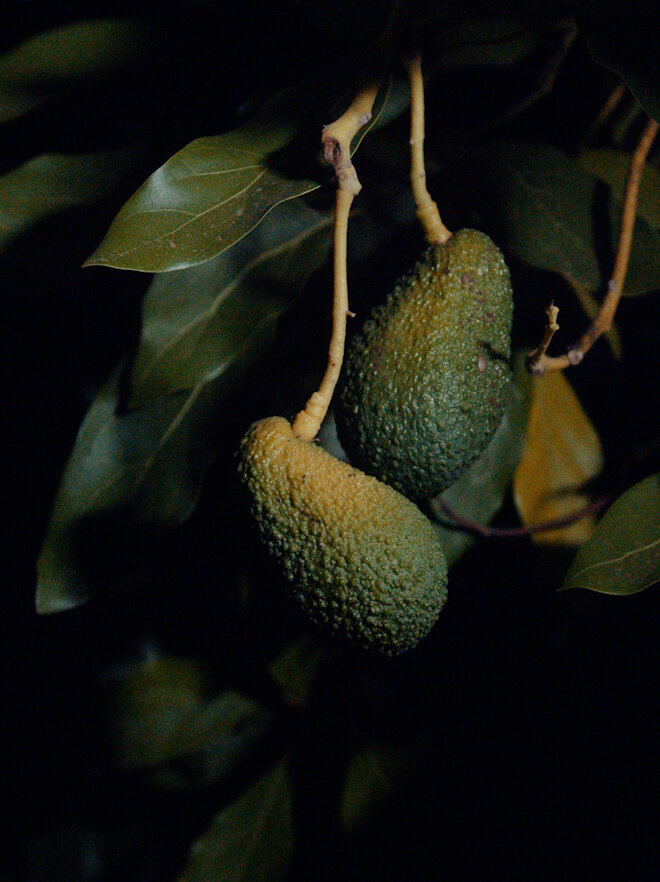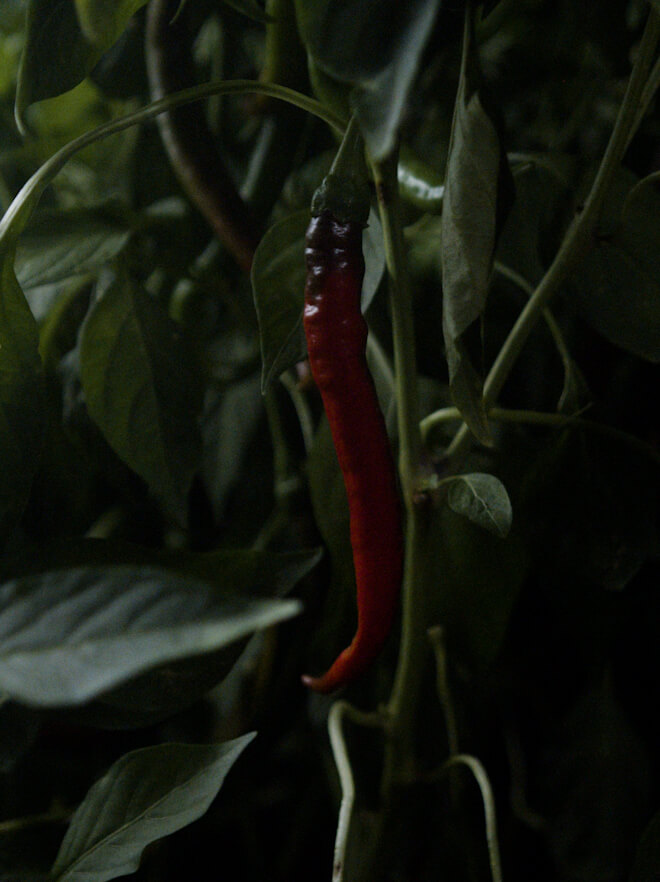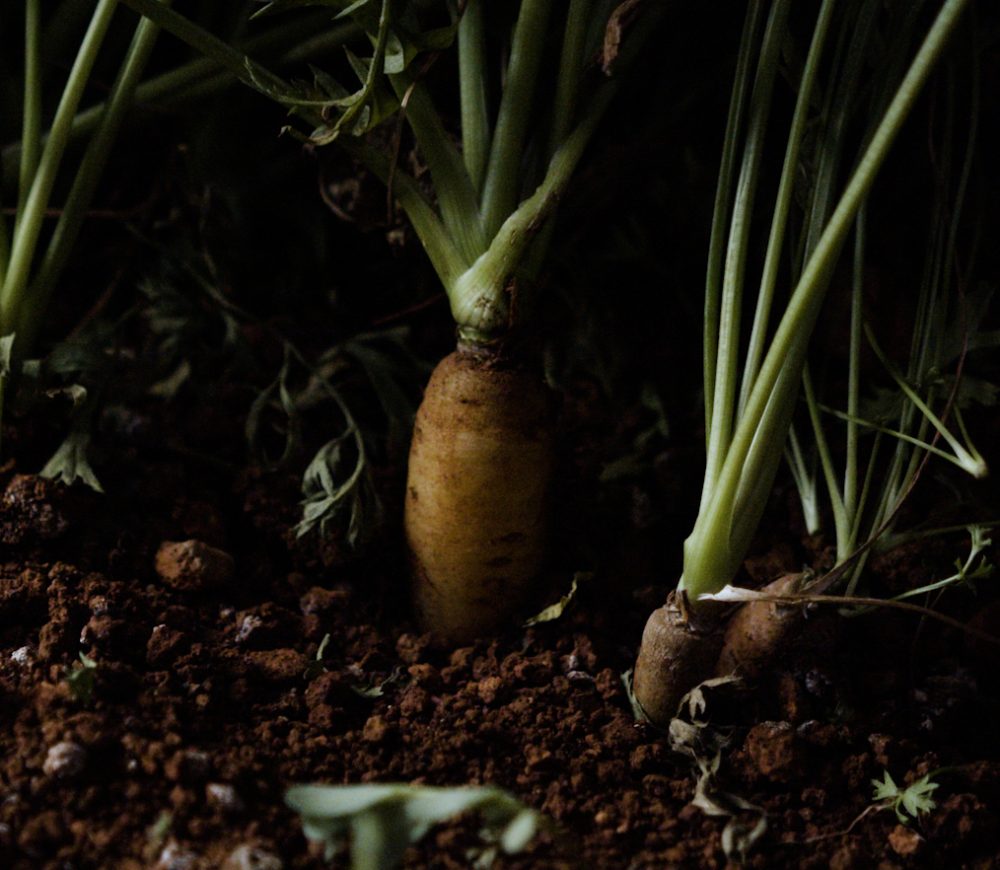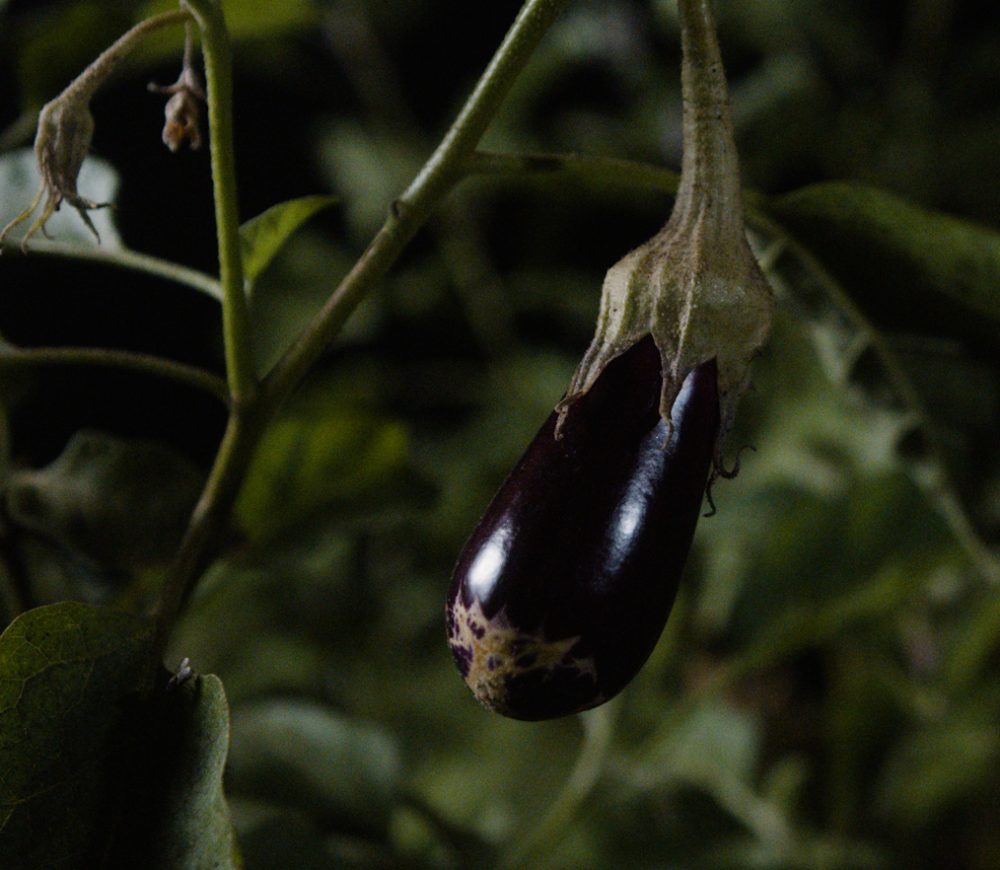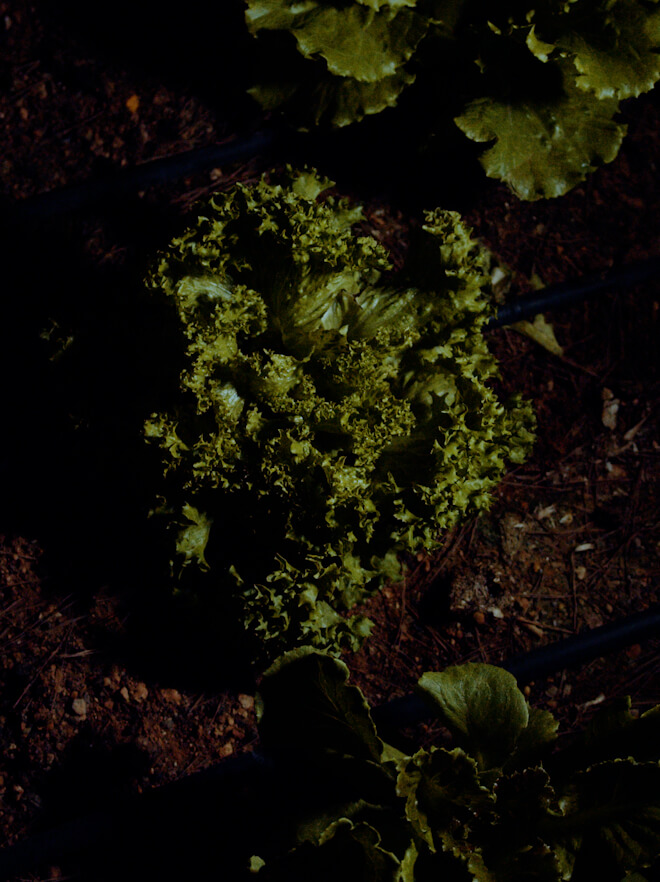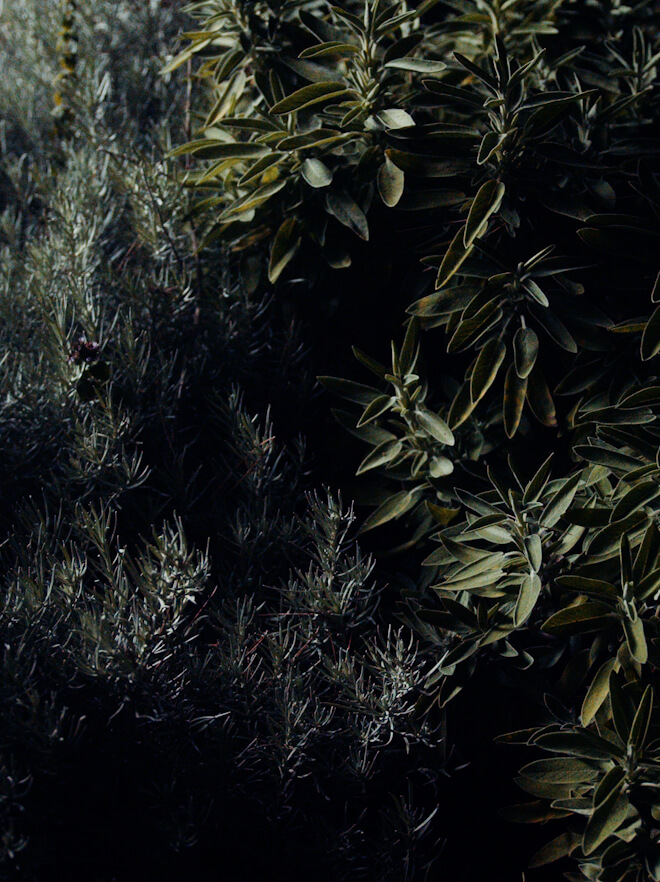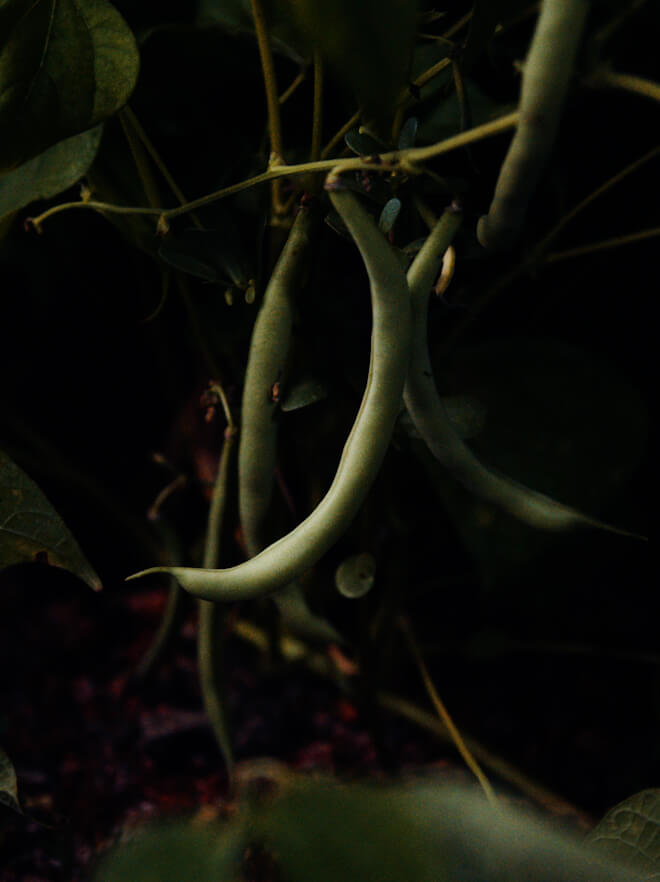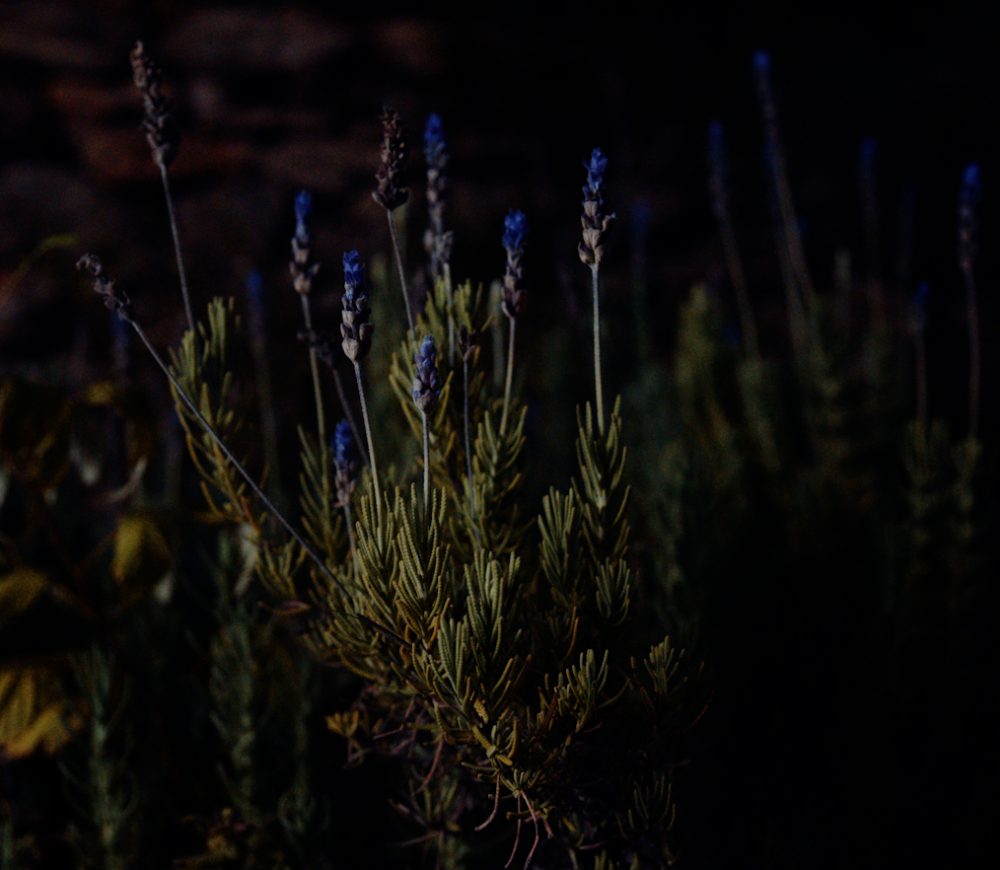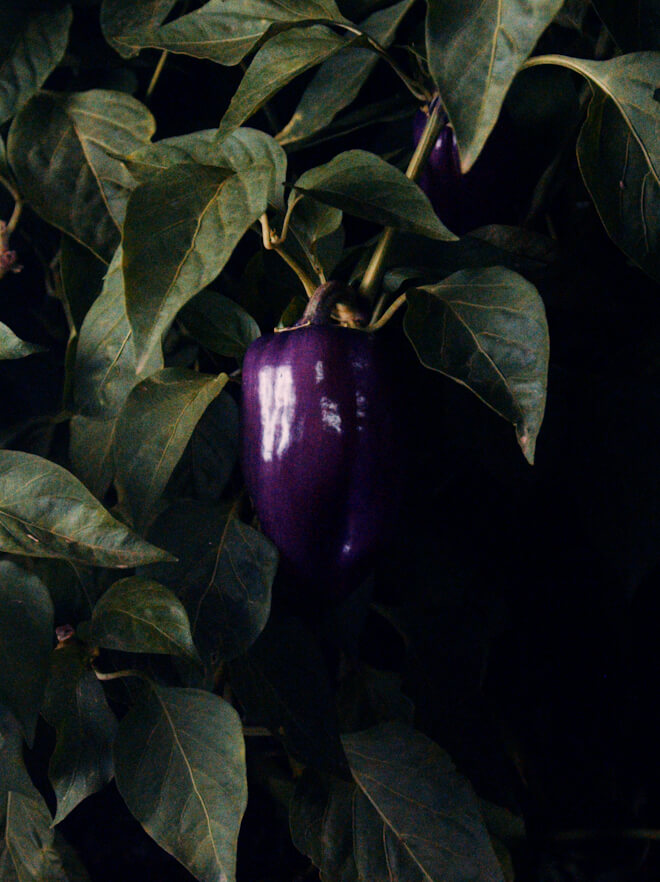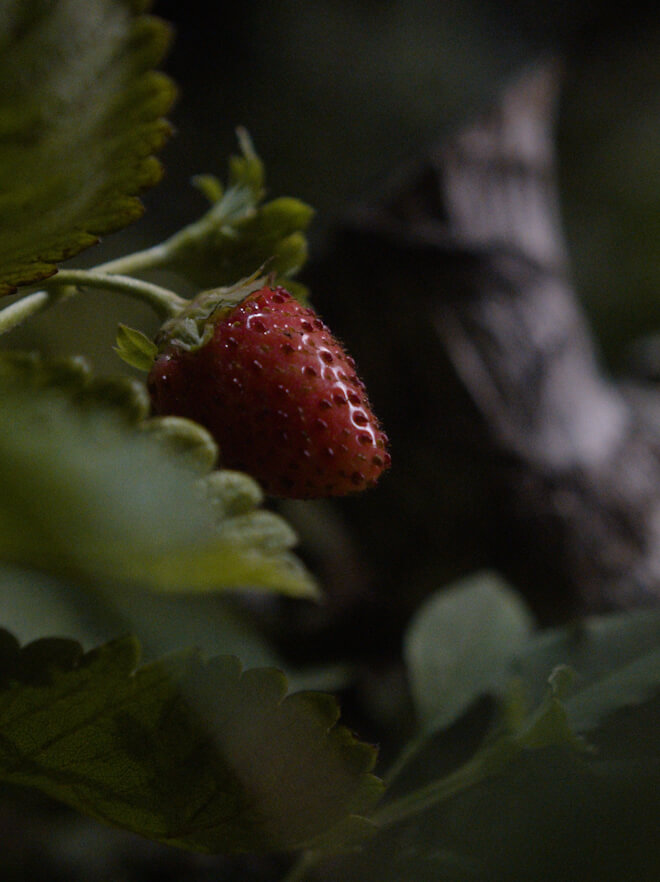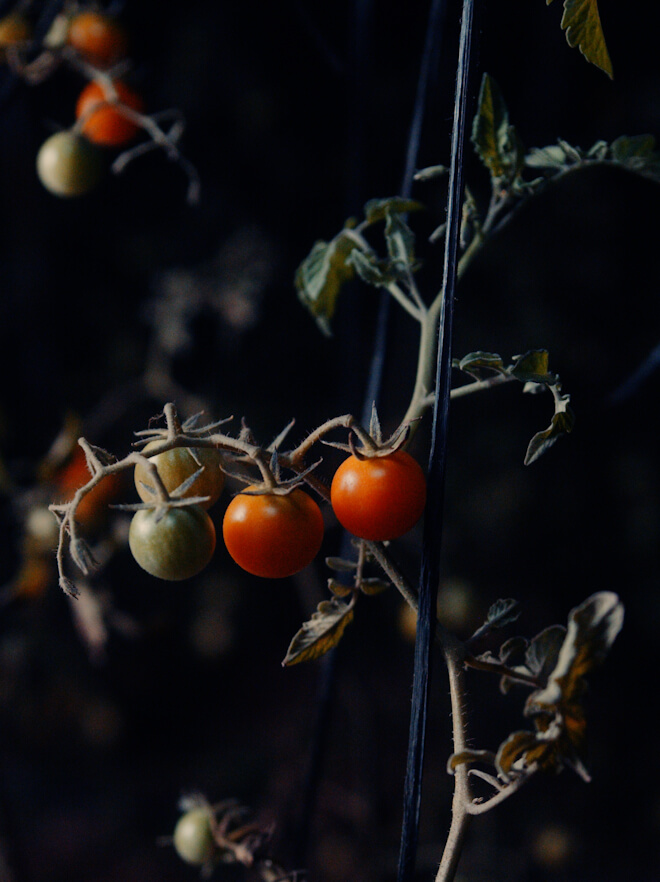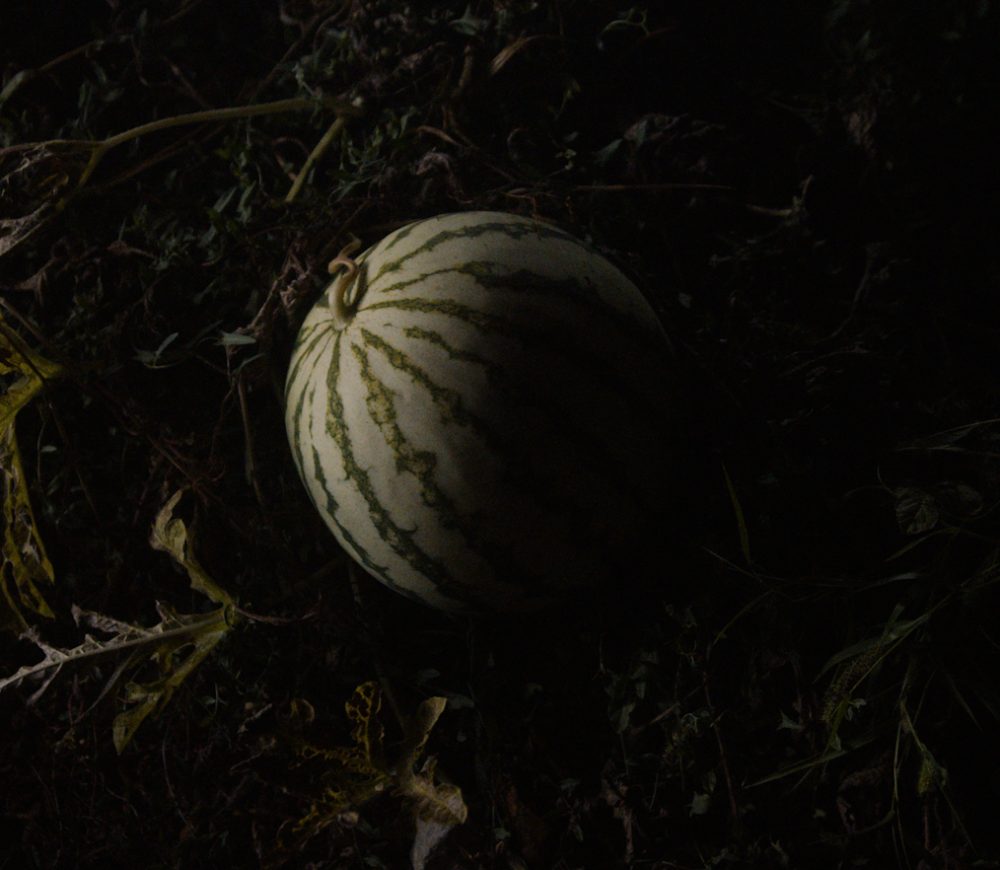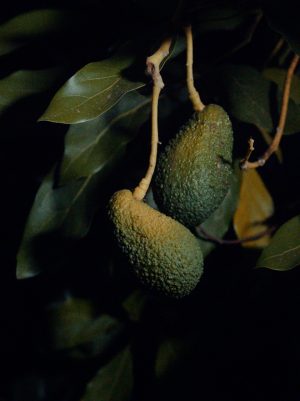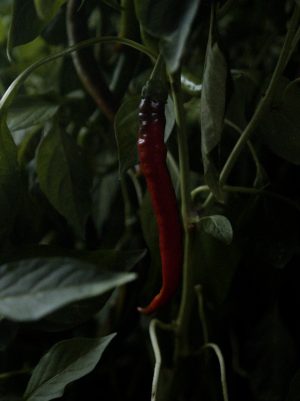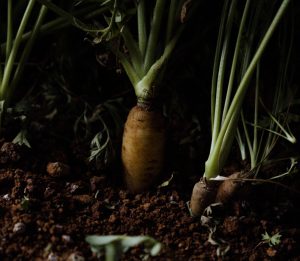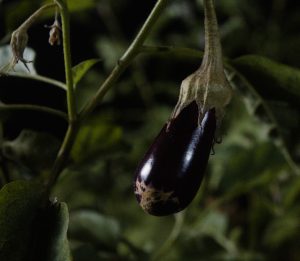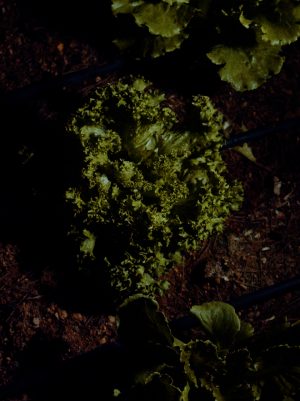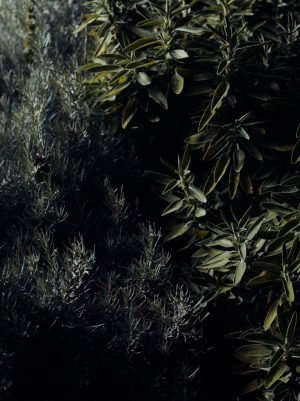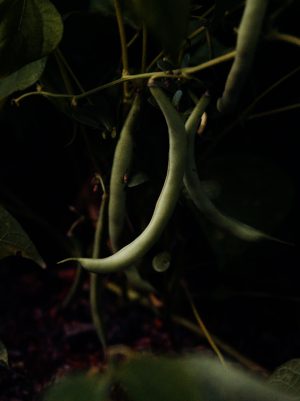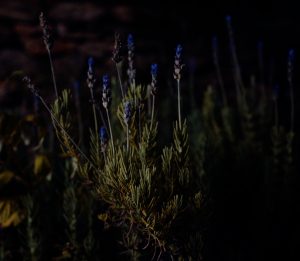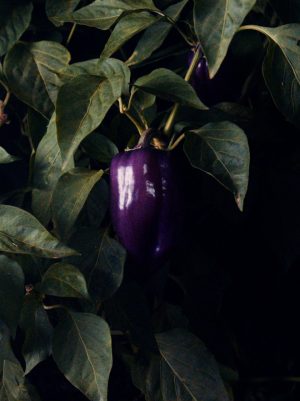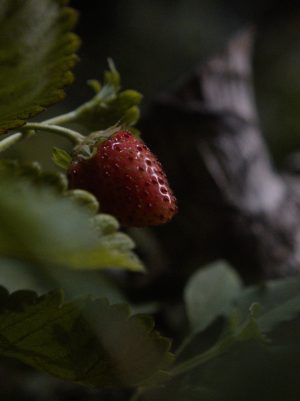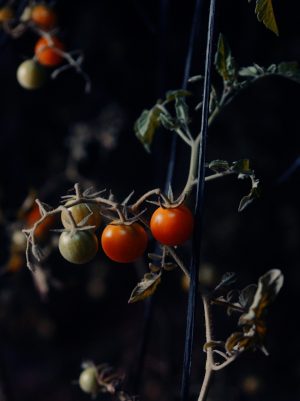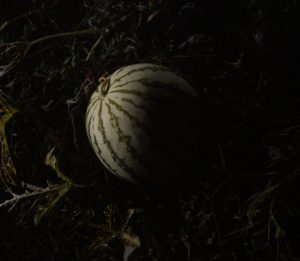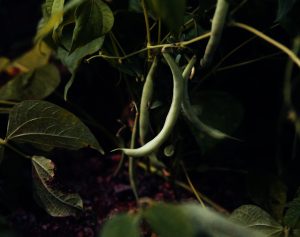
07
Green Bean
“Green beans to me just mean summertime. I know when the green beans are ready to pick, it's high summer,” says farmer Andy of the antioxidant-rich legume also variously known as long beans, french beans, string beans and snaps. “You have to pick them every day or every other day, because once they start to flower, they produce their beans so quickly.”
The green bean, he adds, “is one of those vegetables that you have to eat the day that it's picked and you can really taste the difference… a tomato, maybe you can wait a day or two and you won't notice that much difference in the flavor, but with a green bean, when you pick it, it's the tastiest.”
“Green beans to me just mean summertime."
"I definitely mark each season by certain crops, and it's really nice because when the garden is waning from the late spring harvest, which is usually the most abundant, we are harvesting less crops and the green beans for me are so nice. They round out the harvest."
01
![]()
![]()
Green beans are the unripe, young fruit of various cultivars of the common bean. Over 130 varieties of edible pod beans are known.
02




The green bean originated in Central and South America and there's evidence that it has been cultivated in Mexico and Peru for millenia.
03
![]()
![]()
Green beans contain high amounts of chlorophyll, which are thought to block the carcinogenic effects generated when grilling meats at a high temperature.
04
![]()
![]()
The plants are a rich source of vitamins A, C, and K, and of folic acid and fiber. They have similar nutritional benefits to snap peas and okra.
05
![]()
![]()
The green beans that aren’t eaten fresh are pickled by the kitchen staff and stored in giant glass jars for later enjoyment.
06
![]()
![]()
“We actually do more preservation than fermentation,” said chef Eduardo, La Granja's resident expert in plant preservation.
07
![]()
![]()
Eduardo added: “Because of covid we had a couple of months extra off production this year, so we've been pickling everything that was ready to be served from the garden.”
Avocado
- Originated in south-central Mexico
- May help to ward off cancer and inflammation and assist digestion and heart health
- Harvested from late spring to early fall
- 4-7 years seed to harvest
Chili
- Originated in Mexico
- May help promote weight loss and relieve pain
- Grown in summer
- 60-95 days seed to harvest
Carrot
- Originated in Persia
- Improves health of eyes, skin, hair, growth, and immune system
- Grown year round
- 60-80 days seed to harvest
Eggplant
- Originated in southern Asia
- Strengthens bones, reduces symptoms of anemia, improves cognition and cardiovascular health, protects the digestive system
- Grown in summer
- 100-150 days seed to harvest
Greens
- A great source of beneficial plant compounds like antioxidants and polyphenols
- Strengthens heart health, lowers risk for numerous chronic diseases
- Grown year round
- 2-3 weeks seed to harvest
Herbs
- Rich with unique antioxidants, organic compounds, essential oils, vitamins and phytosterols
- Antiseptic and anti-inflammatory properties
- Thought to strengthen immunity and reduce risk of various diseases
Green Bean
- Originated in Peru
- Contains vitamins A, C, K, folic acid and fiber
- Supports brain health, repairs cell damage and strengthens bones
- Grown in summer
- 50-55 days seed to harvest
Lavender
- Originated in the Mediterranean and Middle East
- Antiseptic, anti-inflammatory, can help heal minor burns and insect bites
- Grown in summer
- 14-21 days from seed to harvest
Pepper
- Originated in the Americas
- Improves eye health and reduces risk of cancer, anemia and heart disease
- Grown late spring to early fall
- 60-90 days seed to harvest
Strawberry
- Originated in the Americas
- Contributes to skin and hair health, reduces the risk of cardiovascular disease and stroke
- Grown in spring
- 5 months to a year or more seed to harvest
Tomatoes
- Originated in the South American Andes
- Improves heart and skin health, may prevent cancer and other diseases
- Grown late spring to summer
- 60-80 days or more seed to harvest
Watermelon
- Originated in Africa
- Improves heart and eye health, lowers inflammation, assists with digestion and hydration
- Grown in summer
- 80 days seed to harvest
Contact
Berlin
Zur Alten Flussbadeanstalt 1
10317 Berlin, Germany
10317 Berlin, Germany
LISBON
Largo de Santa Marinha 1
1100-383 Lisbon, Portugal
1100-383 Lisbon, Portugal
Website by Studio Airport
